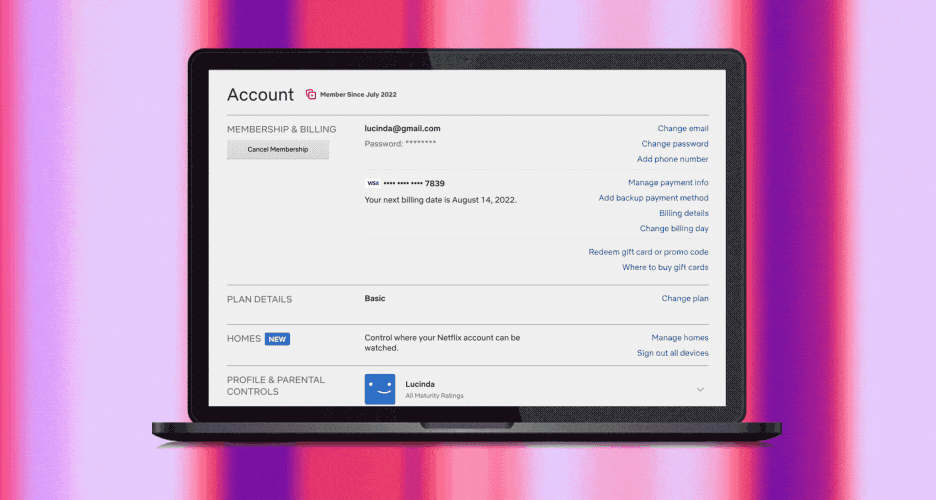Netflix is conducting another round of tests with its paid-for password-sharing plans. This time it seems a little more thought-out than the previous attempt. The first time Netflix publicly tested its paid-for password sharing in South American countries, things didn’t seem to go that well.
Back then, Netflix introduced an additional cost for sharing the credentials to your Netflix account with users that didn’t live under the same roof. Peru, Chile, and Costa Rica acted as guinea pigs for the “add an extra member” feature that saw mixed results.
Ding ding, round 2

This time, Netflix is testing an “add a home” feature in Argentina, the Dominican Republic, El Salvador, Guatemala, and Honduras. In those countries, a Netflix account has one specified home, presumably the one where the account holder lives.
If that person wants to grant access to their account to people outside of that address for longer than two weeks, they need to pay $3/m per additional home or R51/m in today’s economy. A Basic plan can have one additional home, a Standard gets two and a Premium plan can have up to three additional homes.
‘But what if I want to watch Netflix while I’m not at home?’ we hear you ask. Well, in this version of the test, Netflix allows you to carry on as you were, but only for two weeks on a TV or TV-connected device and only once a year from the same TV. Outside of that, you’ll have to use a mobile device or pay for an extra home.
Read More: Microsoft enters the streaming world, will handle ads on the new Netflix ad-supported tier
Frankly, that’s whack. If you’re a frequent traveler, why would you pay to limit yourself on the platform? Or maybe you want to sign in to your account at a friend’s place to continue with your progress. With this in place, you can only do that once per year.
Hopefully, Netflix continues with these tests so that when it rolls the changes out in SA, we get something that makes sense. Otherwise, sailing the high seas will tend to look more inviting.



